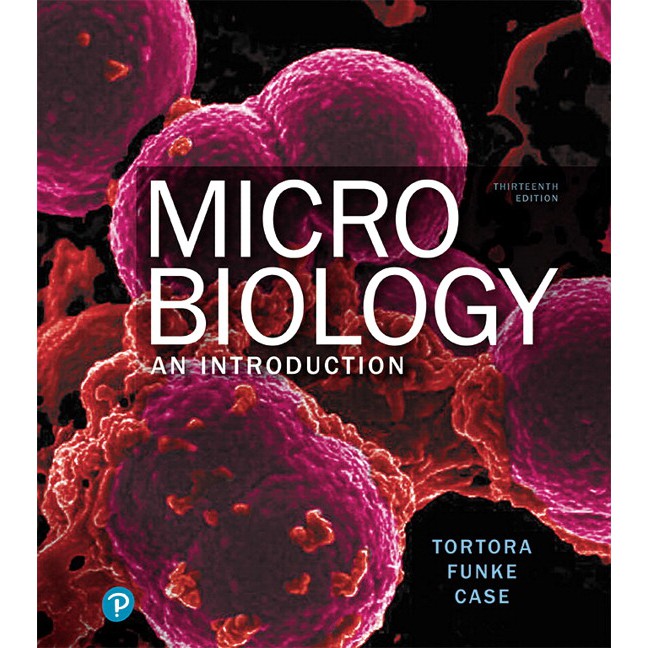Recommended microbiology medical books include “Medical Microbiology” by Murray et al., and “Sherris Medical Microbiology” by Ryan and Ray, both offering comprehensive coverage of principles and clinical aspects. “Jawetz, Melnick & Adelberg’s Medical Microbiology” by Carroll et al., is known for its concise presentation. For an approachable style, “Clinical Microbiology Made Ridiculously Simple” by Gladwin and Trattler is popular among students. “Microbiology: An Introduction” by Tortora et al., covers a broad range of topics with a clinical focus. “Mims’ Medical Microbiology and Immunology” by Goering et al., integrates microbiology with immunology. Lastly, “Principles and Practice of Infectious Diseases” by Bennett et al., and “Medical Microbiology” by Ford, provide detailed insights into infectious diseases and diagnostic techniques.
“Medical Microbiology” by Patrick R. Murray, Ken S. Rosenthal, and Michael A. Pfaller
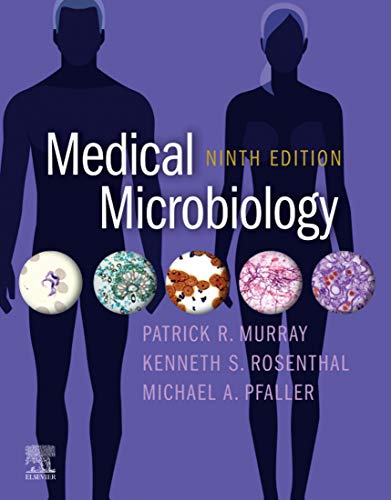
This textbook is a staple in medical microbiology education, providing extensive coverage of microbial principles and the mechanisms of disease. The book is divided into multiple sections, each focusing on different types of microorganisms, such as bacteria, viruses, fungi, and parasites.
It also delves into the mechanisms of pathogenicity, the immune response to infections, and the principles of microbial diagnostics. The latest editions include updates on emerging pathogens, antimicrobial resistance, and advances in molecular diagnostics.
Richly illustrated with full-color diagrams and photographs, this comprehensive resource is essential for medical students and practitioners seeking an in-depth understanding of the subject.
“Sherris Medical Microbiology” by Kenneth J. Ryan and C. George Ray
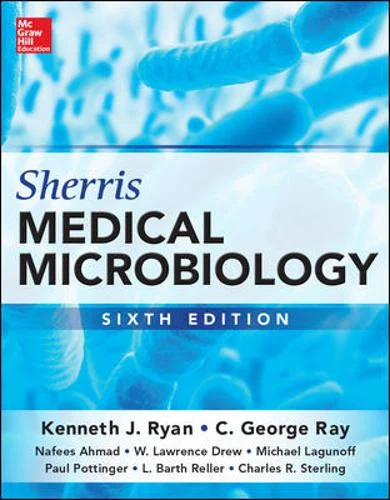
“Sherris Medical Microbiology” offers a thorough introduction to both basic and clinical microbiology. The book is structured to first provide a foundation in the basic science of microbiology, including microbial structure and function, genetics, and metabolism.
It then transitions into the clinical aspects, covering the etiology, pathogenesis, epidemiology, and treatment of infectious diseases. Each chapter is designed to facilitate learning, with clearly defined learning objectives, key terms, and review questions.
Detailed illustrations, clinical case studies, and a focus on the clinical relevance of microbiology help bridge the gap between theoretical knowledge and practical application. Additionally, online resources and supplementary materials enhance the learning experience.
“Jawetz, Melnick & Adelberg’s Medical Microbiology” by Karen C. Carroll, Janet Butel, and Stephen Morse
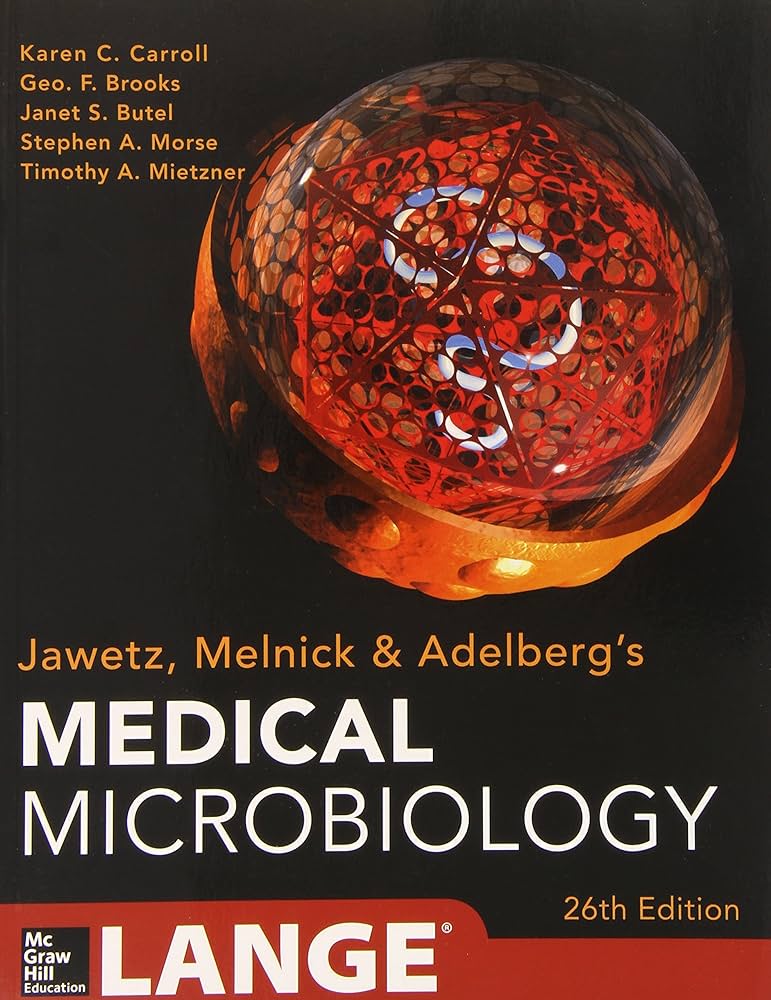
Renowned for its clarity and conciseness, this book covers the essential aspects of microbiology and immunology. It is particularly suitable for both students and professionals who need a comprehensive yet accessible resource. The book is divided into sections that cover bacterial, viral, fungal, and parasitic infections.
Each chapter includes detailed descriptions of microbial pathogenesis, clinical manifestations, laboratory diagnosis, treatment, and prevention. The concise presentation and detailed tables and diagrams make it an excellent reference for quick revision and review. The book also includes clinical correlations and practical insights into diagnostic techniques, making it a valuable resource for both study and practice.
“Clinical Microbiology Made Ridiculously Simple” by Mark Gladwin and William Trattler
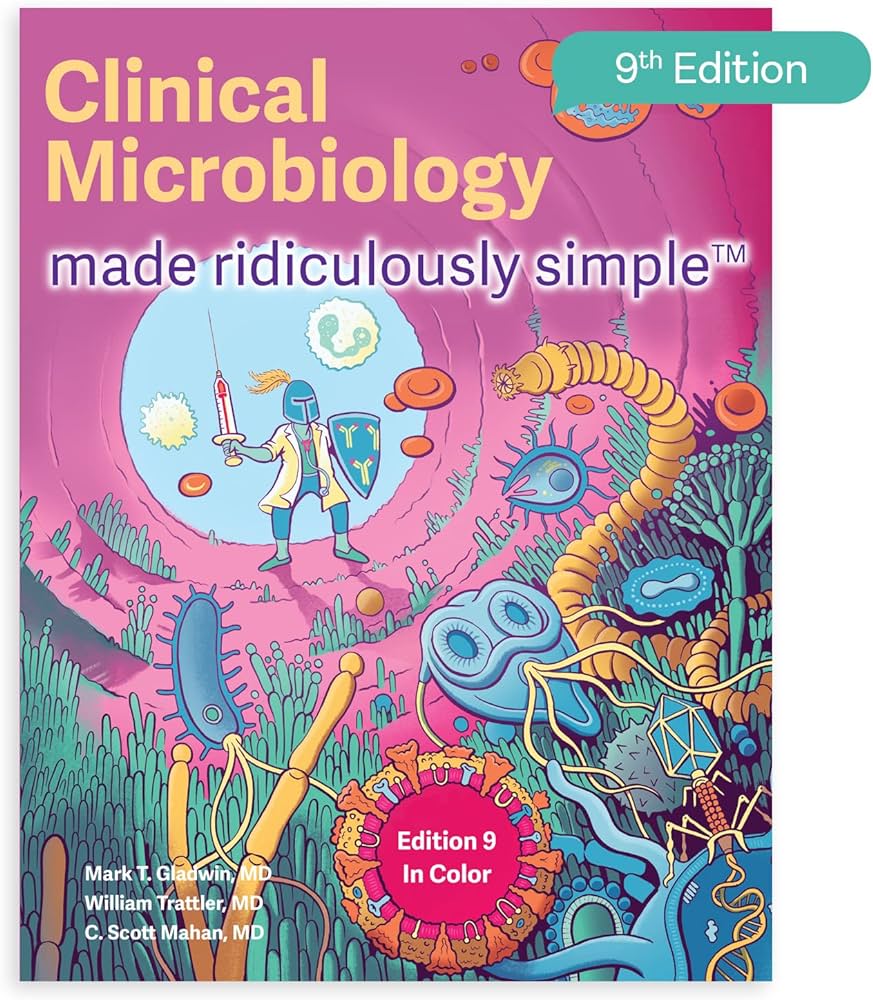
This book is known for its engaging and humorous approach, making complex microbiological concepts easier to understand. It is a favorite among medical students for its simplified explanations, memorable mnemonics, and practical tips.
The book covers the essentials of clinical microbiology, including diagnostic techniques, antimicrobial therapy, and infection control. Its informal style and emphasis on practical information make it a valuable tool for quick learning and review.
The latest edition includes updated information on emerging infectious diseases, antimicrobial resistance, and advances in diagnostic technologies, ensuring it remains a relevant and useful resource.
“Microbiology: An Introduction” by Gerard J. Tortora, Berdell R. Funke, and Christine L. Case
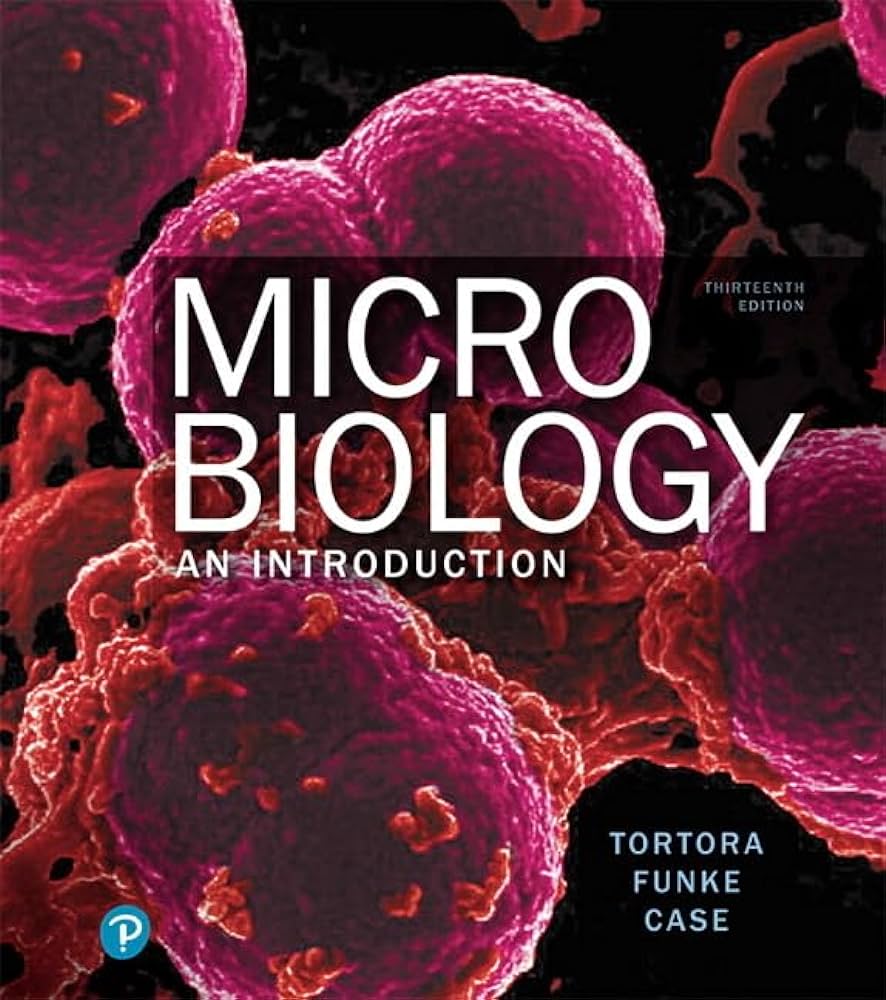
Widely used in introductory microbiology courses, this textbook covers a broad spectrum of topics with a focus on clinical applications. The book is organized into several parts, beginning with the basics of microbiology, including microbial cell structure, growth, and metabolism. It then explores more advanced topics such as microbial genetics, immunology, and infectious diseases.
Each chapter includes clear objectives, summary tables, and review questions, making it an excellent starting point for newcomers to the field. The book also includes a variety of pedagogical features such as concept maps, real-life case studies, and interactive online resources to enhance understanding and retention of the material.
“Mims’ Medical Microbiology and Immunology” by Richard Goering, Hazel Dockrell, Mark Zuckerman, and Peter L. Chiodini
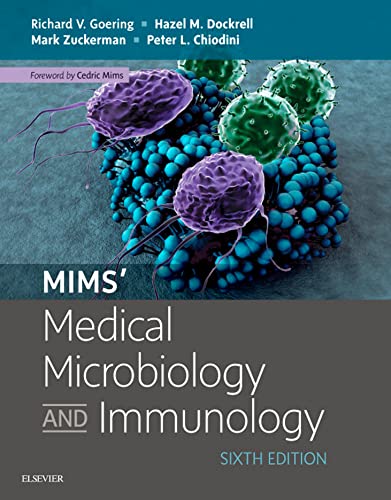
Integrating microbiology and immunology, this book offers a detailed overview of infectious diseases and the body’s immune response. It is divided into sections that cover the basic principles of microbiology and immunology, the characteristics of different types of pathogens, and the clinical aspects of infectious diseases.
The book emphasizes the interaction between pathogens and the host immune system, providing insights into the mechanisms of immunity and the principles of vaccination. Each chapter includes clinical case studies, detailed illustrations, and review questions to reinforce key concepts. The latest edition features updated information on immunological advances and emerging infectious diseases.
“Principles and Practice of Infectious Diseases” by John E. Bennett, Raphael Dolin, and Martin J. Blaser
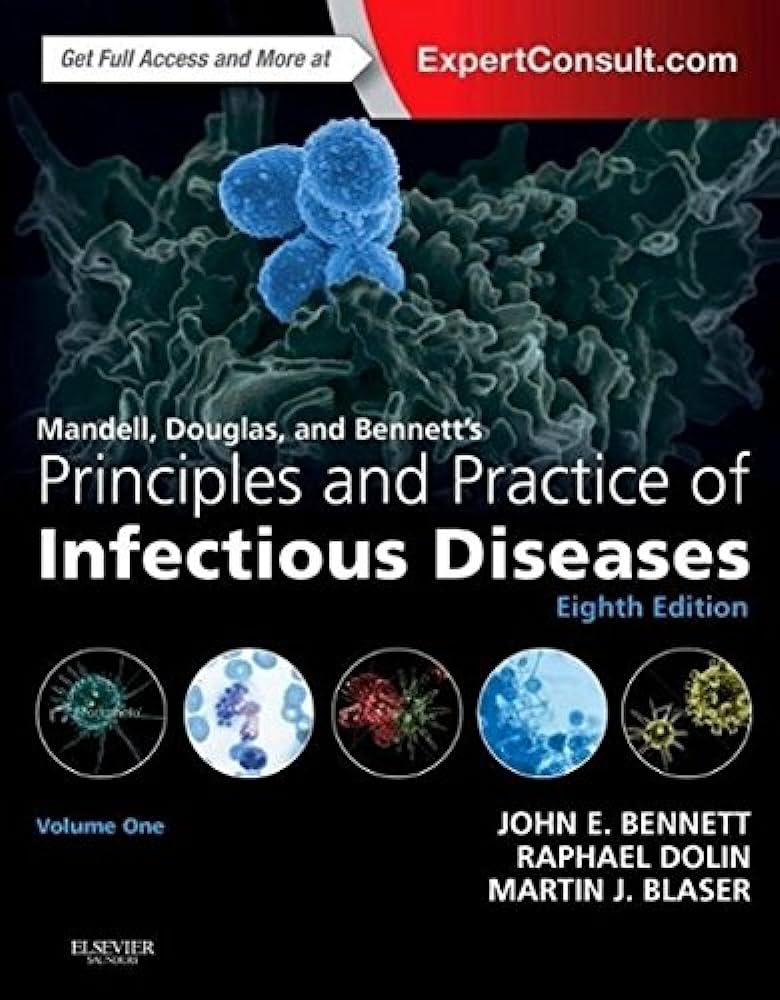
Although more focused on infectious diseases, this comprehensive text is indispensable for understanding the clinical aspects of microbiology. The book is organized into several volumes, each covering different types of infectious diseases, including bacterial, viral, fungal, and parasitic infections. It provides detailed information on the epidemiology, pathogenesis, clinical manifestations, diagnosis, treatment, and prevention of infectious diseases.
The extensive references and in-depth coverage make it highly regarded for its detailed content and practical insights. The book also includes chapters on infection control, antimicrobial stewardship, and public health considerations, making it a valuable resource for both clinical practice and research.
“Medical Microbiology” by Michael Ford
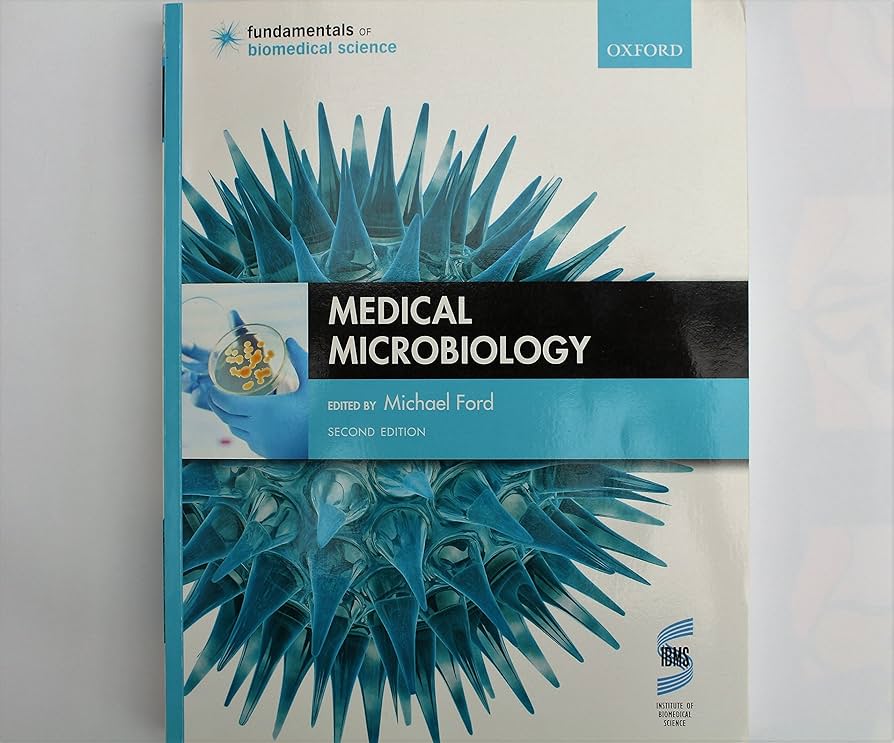
This practical guide focuses on the clinical aspects of microbiology, including diagnostic techniques and the management of infectious diseases. The book covers a wide range of topics, from the basics of microbial identification and susceptibility testing to the principles of infection control and antimicrobial stewardship.
It includes numerous case studies and practical examples, making it particularly useful for healthcare professionals involved in clinical diagnostics and treatment. The emphasis on real-world applications and the clear, concise writing style make it an excellent reference for both students and practitioners. The latest edition includes updates on molecular diagnostic techniques and the management of emerging infectious diseases.
Conclusion
These textbooks are essential for anyone involved in the study or practice of medical microbiology. They offer a blend of foundational knowledge and clinical application, catering to the needs of students, educators, and healthcare professionals. By integrating theoretical concepts with practical insights, these books provide a comprehensive understanding of the microbial world and its significance in medicine. Whether you are just starting your journey in microbiology or are an experienced practitioner, these resources will enhance your knowledge and skills in this vital field.
